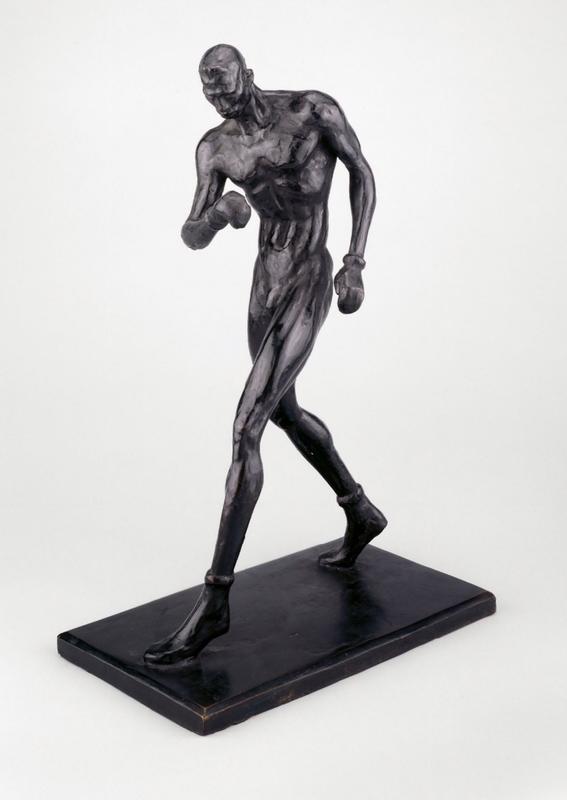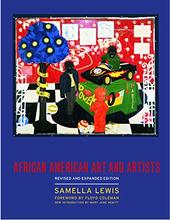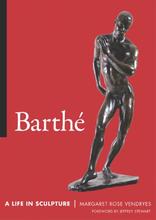More about The Boxer
- All
- Info
- Shop

Contributor
Barthé sculpted this entire piece from memory.
He based the piece on boxer Sergio Eligio Sardinas Montalvo, better known as “Kid Chocolate.” The featherweight spilt much blood for the boxing gods by his retirement in 1939 with 135 wins, ten losses, and six draws, with wins as the Junior Lightweight Champion of the World and Featherweight Champion (in New York) on his belt. He holds the title of Cuba’s first world champion, and true to his rockstar status, was a hard drinker and womanizer, the latter of which caused him to contract syphilis in 1932. Upon his retirement, he lost the fortunes that came with his boxing career and was not given pension for his bouts until the '70s. He died in 1988. He was inducted into the Ring Boxing Hall of Fame in 1959 and the International Boxing Hall of Fame in 1994. Sugar Ray Robinson cites him as a major influence on his style, and many boxers decades after took ballet classes to improve their dexterity thanks to “Kid Chocolate.”
Barthé himself was awestruck by his dexterity, and saw fit to portray him with the grace of a ballet dancer instead of the behemoth of muscle most boxers get portrayed as. Of course, “Kid Chocolate” never shadow boxed in the nude, but that’s another story altogether.
Barthé treaded a very fine line making this piece: as a gay man, his attraction to the male form would get him weird looks at best and complete social shutout at worst at this point in time. Boxing’s status as the most popular sport of the decade allowed not only people of color to vent out their frustrations and make names for themselves, but was also a means for gay artists like himself to stay under the radar while still fully expressing their identities.
Before the sculpture found itself in the hands of the Art Institute of Chicago, it was owned by Frank Breckenridge Earle, an American physician who was born on October 22, 1860 in Waukegan, IL. He was a professor of obstetrics at the College of Medicine at the University of Illinois from 1894-1902 and professor of pediatrics emeritus in 1903. He also belonged to numerous medical societies throughout his career.
Sources
- "1895 Graduating Class, University of Illinois College of Medicine". 2009. Photograph. Flickr. Chicago, IL: University of Illinois, Chicago. University of Illinois. https://www.flickr.com/photos/uicdigital/3271332391.
- Barthé, Richmond. 1970. “The Boxer.” The Art Institute of Chicago. Arts of the Americas. January 1, 1970. https://www.artic.edu/artworks/62452/the-boxer.
- Curcio, David. 2015. “Richmond Barthé's Boxer at the Metropolitan Museum of Art.” Boxing Over Broadway. December 11, 2015. https://www.boxingoverbroadway.com/richmond-barthes-boxer-at-the-metrop….
- “Frank Breckenridge Earle.” n.d. Prabook.com. Accessed January 29, 2019. https://prabook.com/web/frank_breckenridge.earle/1110858.
- “Kid Chocolate.” n.d. Cyber Boxing Zone -- James Burke. Accessed January 29, 2019. http://www.cyberboxingzone.com/boxing/kidchoc.htm.













